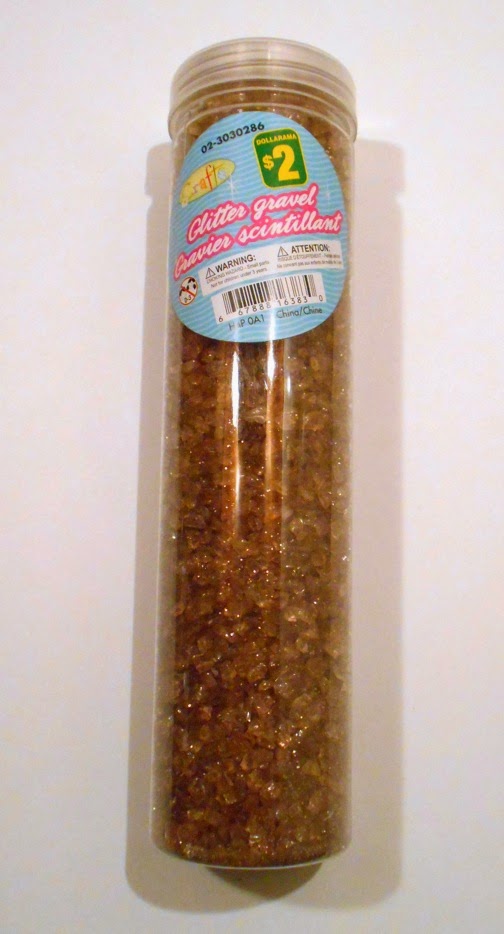Damien Hirst is perhaps the best-known of the group dubbed the Young British Artists (YBAs). A Conceptual artist who came to prominence in the 1990s, Hirst is perhaps most famous for glass cases containing animals preserved in formaldehyde.
Sometimes they are whole, as in The Physical Impossibility of Death in the Mind of Someone Living: a tiger shark measuring nearly 14 feet (4.3 metres), suspended in a large vitrine. Others are dissected and preserved for Hirst by skilled taxidermist Emily Mayer. Mayer, who is a talented artist herself, uses a fascinating process that essentially replaces organic structures with a plastic resin.
 |
| The Physical Impossibility of Death in the Mind of Someone Living, 1991 Damien Hirst (1965– ) Collection of the Metropolitan Museum of Art, New York City Photo: Prudence Cuming Associates © Damien Hirst and Science Ltd. Source: damienhirst.com |
To some, Hirst isn't really an artist at all, but a Conceptual bad boy who has learned how to poke a finger in the eye of the art establishment, becoming rich and famous in the process. In addition to his preserved animals, he has produced "spin paintings" using a mechanism like the popular Spin Art child's toy, and "spot paintings" which consist of coloured circles made by his assistants.
 |
| The Incredible Journey, 2008 Damien Hirst (1965– ) Part of the exhibition, Beautiful Inside My Head Forever Photo: Prudence Cuming Associates © Damien Hirst and Science Ltd. Source: damienhirst.com |
Over the years, Hirst has been accused of plagiarism, and of being an artistic sell-out. Art critics also tend to be underwhelmed. Robert Hughes of TIME Magazine famously wrote of Hirst's shark, "One might as well get excited about seeing a dead halibut on a slab."
Despite the controversy that dogs him, however, there is no doubting Hirst's success. In 2007, his sculpture For the Love of God sold for £50 million (about $100 million). Consisting of a platinum cast of an 18th-century skull, real teeth and 8,601 flawless diamonds, the piece cost £14 million to produce. A year later, he sold an entire exhibition's worth of art, called Beautiful Inside My Head Forever, for £111 million.
 |
| For the Love of God, 2007 Damien Hirst (1965– ) Whie Cube Gallery, London Photo: Tyrenius Source: Wikipedia |
Making today's Hirst elephant was, of course, going to be dead simple. Or so I thought.
I started by buying this glass vase for three dollars at the dollar store.
I began by washing it to make it as clear a showcase as possible.
I also bought a pack of cheap animals at the dollar store. Plastic animals are often terrible unless they cost about five dollars each, but this elephant looked surprisingly good to me.
I put little pieces of plastic modelling clay on each of the elephant's four feet, and stuck it to the bottom of the container.
To make it a little less bland, I add a sprinkling of something called "glitter gravel".
I filled the container with water that I had pre-coloured with blue food colouring, since all of Hirst's animals seem to be suspended in blue liquid. I used a scant drop of blue food colouring for about eight cups (2 litres) of water.
One thing I hadn't reckoned on, however was the presence of air bubbles. They were everywhere: clinging to the sides of the vase, to the gravel, and to every single surface of the elephant. I tried gently bumping the whole thing on a hard surface but, while a few bubbles rose and popped, most of them stayed where they were.
Eventually I used various paintbrushes to stroke the bubbles off the elephant. I couldn't get at some of the bubbles, but I'm hoping they'll eventually dissipate. For now, I'll pretend I meant it to have a few fine bubbles.
No work of Conceptual art is finished, of course, until it's given a name. I wanted something suitably Hirstian, which to me means lengthy and obtuse. I settled on If I Believe in Forever, I Can See For Miles. Makes no sense at all, but it sounds cool.
Elephant Lore of the Day
Throughout history, elephants have been preserved by taxidermists. Centuries ago, this usually involved building a wooden and/or metal form, over which the skin would be stretched. The elephant would then be stuffed and given relatively lifelike features such as glass eyes. As you can imagine, this often resulted in some rather grotesque creations, many of which rotted and split, making the effect even worse. Peculiarly, circus owners often stuffed deceased elephants and took them on tour, along with their live elephants. And some particularly unpleasant characters, unused to the costs and difficulties of caring for an elephant, killed their star attraction and had it stuffed.
Following the death and stuffing of the unpredictable Tusko by his new owner, his former handler wrote bitterly, "No hay to buy, no elephant man to put up with, and best of all a completely docile Tusko he could handle himself."
 |
| Preparation of an elephant skin for display at the American Museum of Natural History, early 20th century Source: scienceblogs.com |
To Support Elephant Welfare











No comments:
Post a Comment